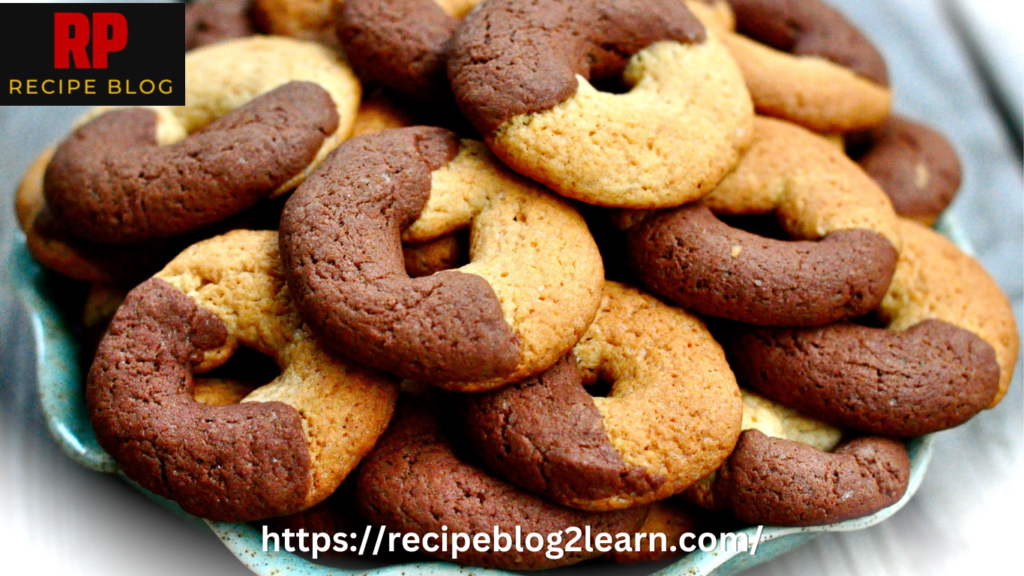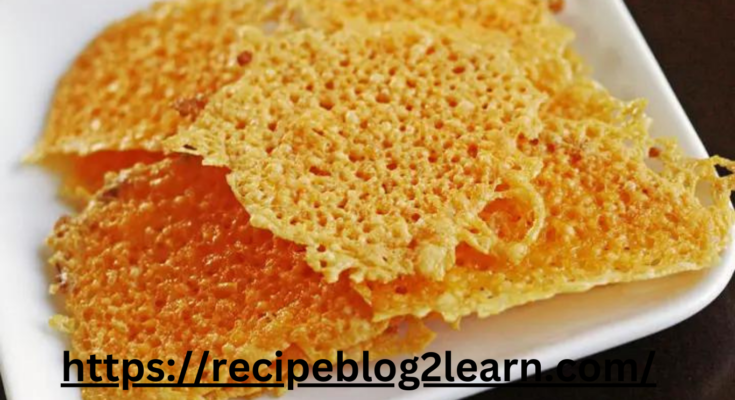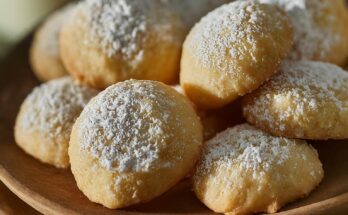Introduction
Welcome to our universe of playful cooking, where even ordinary products can be turned into those delectable marvels.
Let us start off today, taking you to the beautiful world of coral tuile which is not only a tasty treat for the tongue but also a delight for the eyes. Let me take you into the world of inventing such work of culinary art masterpieces.
Also read this :https://www.google.com/search?q=coral+tuile
Late Coral Tuile c’est quoi?
The word “coral” is tied to French word for “tile”, that’s why we call it a flimsy cookie with delicate lace patterns resembling corals. It will bring along the taste and elegance to desserts, and it serves the multifunctional roles of garnish and standalone as well.
Ingredients
- Egg Whites: Roof of the roof as it keeps this shape firm, crispy and aesthetically pleasing.
- Granulated Sugar: This creates the proper amount of sweetness and provides the necessary texture.
- All-Purpose Flour: Makes the tuile look like a box and supports it. Listen to the given audio and summarize the key ideas in your own words.
- Unsalted Butter: Helps increase flavor and adds a touch of richness. Use our algorithm to generate sentences in bulk. Need a sentence sample for your report? Or perhaps you need a well-written paragraph?
- Flavorings (optional): Vanilla essence, ripening skins with a teaspoon of sugar or almond essence, for a light touch of flavor.

Table of Contents
Preparation
- Step 1: Turn oven to Heat.
- Preheat the oven to the recommended temperature as stated in your recipe, usually 350°F or 180°C.
- Step 2: Knead the batter.
- In a bowl, whip the egg whites to frothy peaks and mix in the sugar. Put in the flour half a cup at a time and stir until everything becomes smooth. Enrich with whatever taste you want at that stage.
- Step 3: Tuile as the digestive process.
- Work the dough into a near-uniform layer on a silicone baking mat or parchment paper-lined baking sheet. Put in the previously heated oven until the edges are golden brown and the tuile is crunchy.
- Shaping and Forming
Step 4: Therefore, the effect will be that the Tuiles molding.
A Tuile is at its best and easily formable when it is still warm and pliable. While it’s still warm, use a rolling pin, mold, or the back of a spoon to achieve the shapes you prefer, like curls, cones or spirals. - Serving Suggestions
Step 5: Dish and Arrangement
Interlace the cookie with dessert plates or use them to decorated cakes, pastries, or ice cream sundaes with elegant finishing touch. - Variations and Flavors
Step 6: Get Creative
Try and mix and match the flavors and colors by using the ingredients like cocoa powder for chocolate tuiles or matcha powder to add a special color. - Tips and Tricks
Expert Advice
- Precision is Key: Checking that your batter layer is spread- out evenly and it is thin will prevent it from being uneven during the baking.
- Timing Matters: Keep careful watch on your tuiles as they are in the oven to avoid the negative results of burning them.
- Cooling Technique: Make sure you let the tuiles cool down a little bit on the baking sheet prior to shaping because this will enable them to hold their shape more easily.

Troubleshooting
- Common Issues
- Brittleness: If your tuile got too crisp, try adjusting baking time slightly.
- Sogginess: Sogginess being the nemesis, tuiles must be baked until they are crunchy and brown all the way through.
Storage Tips
- Keeping Them Fresh
- You store the coral tuiles in an air tight container, at room temperature level to preserve the crispness and freshness. Do not keep them cool in a refrigerating. This will make them turn soggy.
May I use the coral tuiles prior the day?
This is correct. You can prepare coral tuiles beforehand and store them in an airtight container for several days, in order to keep them crispy.
May I freeze confection coral cookies?
However, freezing of coral tuiles is not advised because some of their crispness and structurally delicate texture may be lost while thawing.
Are tuiles doomed to stick to the baking tray?
Using a silicone baking mat or parchment paper can be an element of success in making tuiles stick free.
Is the substitution of granulated sugar with the alternative sweeteners possible?
However, granulated sugar is a mostly used one in the old coral tuile recipe. Meanwhile, try with different alternative sweeters, like honey or maple syrup. Besides, the texture and flavor of the tuile might change slightly.
How can these coral tuiles be presented as appetizing desserts?
In addition to garnishing sweets, you can further decorate sorbets, mousses, or salads with them for the extra texture and more aesthetic effect.
Conclusion
Finally, you may master the art of creating tuile through coral, which will expand your scope of baking to sophisticated and elegant desserts. The restrictions that a couple of items and little imagination may apply, can make you amaze the guests at your dining table with sophisticated hand-made products.




One Comment on “Coral Tuile Recipe: An Edible Artful Beauty.”